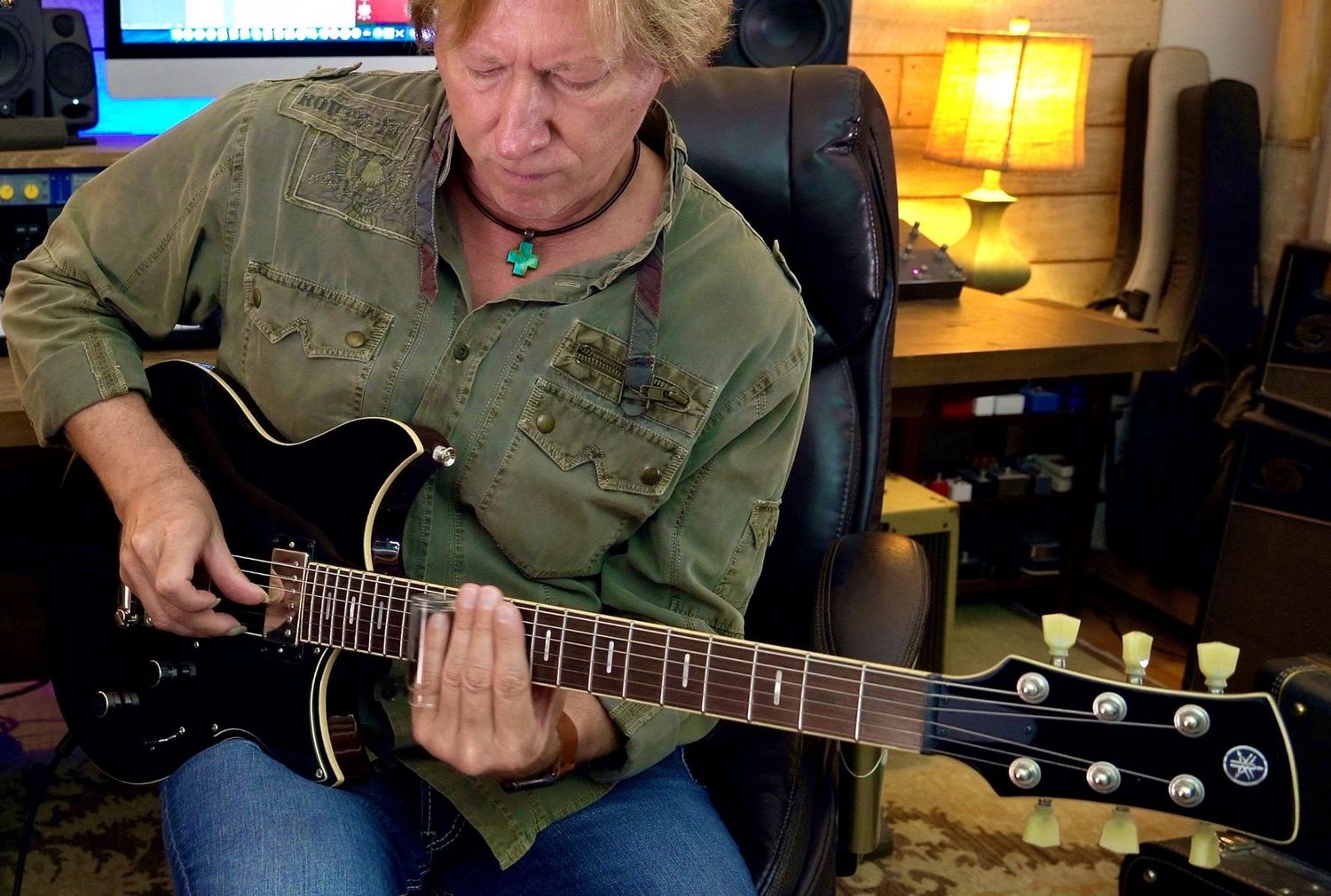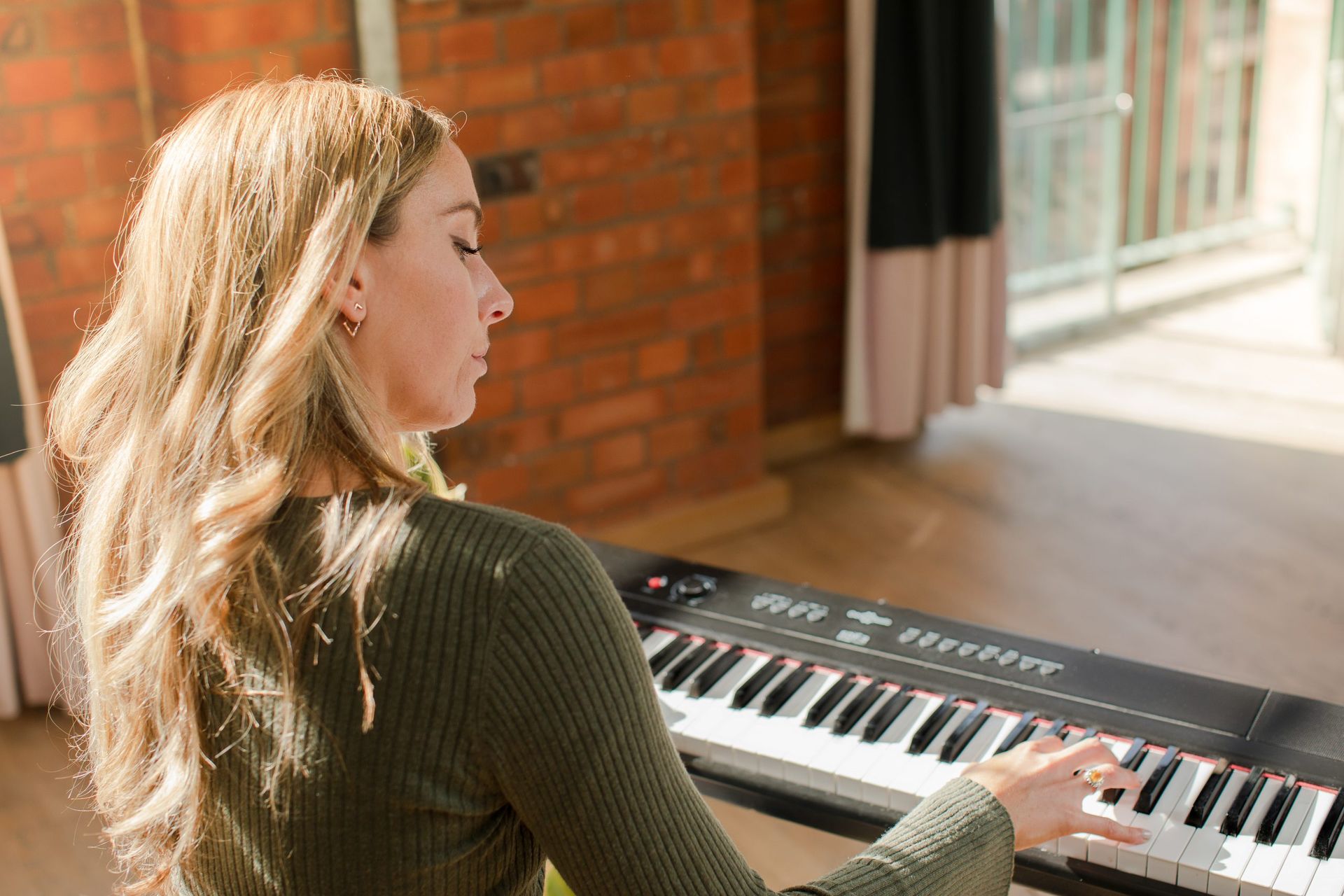Home>Production & Technology>Tempo>What Is The Term Used For Playing Music At A Quick Tempo


Tempo
What Is The Term Used For Playing Music At A Quick Tempo
Published: December 10, 2023
Discover the term used to describe playing music at a quick tempo. Uncover the fascinating world of tempo and its impact on musical performances.
(Many of the links in this article redirect to a specific reviewed product. Your purchase of these products through affiliate links helps to generate commission for AudioLover.com, at no extra cost. Learn more)
Introduction
Music is a universal language that connects people across cultures and generations. It has the power to evoke emotions, tell stories, and create memorable experiences. One crucial element of music that influences its overall impact is tempo. Tempo refers to the speed and pace at which a piece of music is played, and it plays a significant role in shaping the mood and energy of a composition.
Tempo can vary greatly, ranging from slow and solemn to fast and energetic. Each tempo carries its own unique qualities, allowing musicians to convey different emotions and engage listeners in diverse ways. In this article, we will explore one particular aspect of tempo: playing music at a quick tempo.
Playing music at a quick tempo requires both skill and precision. It demands the musician to convey a sense of urgency, energy, and excitement. It can be exhilarating for performers and captivating for audiences, creating an atmosphere of high energy and intensity.
Throughout this article, we will delve into the fascinating world of quick tempos, discussing their significance, characteristics, and the techniques used to master them. So, if you’re ready to dive into the realm of fast-paced musical experiences, let’s get started!
Tempo in Music
Tempo is a fundamental aspect of music that governs the speed at which a musical piece is performed. It serves as a guide for musicians to maintain a consistent rhythm and pace throughout a composition. The tempo is typically indicated at the beginning of a piece with Italian terms such as adagio (slow), allegro (fast), or moderato (moderate), among others.
Tempo plays a crucial role in determining the mood, emotions, and overall character of a musical piece. A slow tempo can evoke feelings of calmness, gentleness, or melancholy, while a fast tempo can create a sense of excitement, energy, or urgency. A skilled musician must be able to effectively navigate and execute various tempos to bring out the desired emotional impact.
Tempo also provides a rhythmic framework for the interaction between different musical elements. It helps musicians synchronize their playing and creates a cohesive musical experience. Whether it’s a solo performance or a full ensemble, maintaining a consistent tempo is essential for a harmonious and coherent rendition of a musical piece.
Furthermore, tempo serves as a tool for communication between musicians. By understanding and adhering to a specific tempo, musicians can effectively collaborate and create a unified performance. It allows for precise timing, coordination, and synchronization, ensuring that every instrument and voice work together seamlessly.
Overall, tempo is a vital element of music that influences its expressive power and impact. It defines the pace, rhythm, and energy of a piece, allowing musicians to convey a wide range of emotions and captivate listeners in unique ways. With a solid understanding of tempo, musicians can effectively shape and control the musical experience, adding depth and meaning to their performances.
Types of Tempo
Tempo in music can be classified into various categories, each with its own distinct characteristics and qualities. Understanding these different types of tempo is essential for musicians to effectively interpret and perform a piece of music. Let’s explore some of the most common types:
- Adagio: Adagio is a slow tempo marking typically ranging from 66 to 76 beats per minute. It conveys a sense of calmness, grace, and serenity. Adagio passages in music often feature long, sustained notes and gradual melodic developments.
- Andante: Andante is a moderately slow tempo, usually ranging from 76 to 108 beats per minute. It carries a relaxed and flowing character, providing a comfortable pace for performers and listeners. Andante passages often showcase balanced melodies and smooth transitions.
- Moderato: Moderato signifies a moderate tempo, typically ranging from 108 to 120 beats per minute. It is a versatile tempo that allows for a wide range of musical expressions and emotions. Moderato passages can be lively, expressive, or even introspective, depending on the context.
- Allegro: Allegro denotes a fast and lively tempo, ranging from 120 to 168 beats per minute. It conveys a sense of excitement, energy, and vivacity. Allegro passages often require quick finger movements and precise rhythmic accuracy.
- Presto: Presto is an extremely fast tempo, typically ranging from 168 to 200 beats per minute or even faster. It is characterized by its rapid pace and exhilarating nature. Presto passages demand exceptional technical proficiency and agility from performers.
These are just a few examples of the many types of tempo that exist in music. Each tempo brings its own unique flavor and impact to a musical piece. Skilled musicians must be adept at adapting to different tempos and conveying the appropriate emotions and expressions dictated by the composer.
By exploring and experimenting with various tempos, musicians can enhance their musicality, broaden their repertoire, and deliver captivating performances that resonate with audiences.
Playing Music at a Quick Tempo
Playing music at a quick tempo is a thrilling and exhilarating experience for both performers and listeners. It requires a high level of technical proficiency, precision, and control. Here are some key aspects to consider when tackling a fast-paced musical piece:
1. Finger dexterity and agility: Quick tempos often demand rapid finger movements and nimble dexterity. Practicing scales, arpeggios, and technical exercises can help improve finger coordination and agility, enabling musicians to execute fast passages with ease.
2. Metronome practice: Using a metronome during practice sessions is essential for developing a solid sense of timing and maintaining a consistent tempo. Gradually increasing the metronome speed can help build up speed gradually and develop the stamina required for playing at a quick tempo.
3. Articulation and phrasing: When playing at a quick tempo, it is crucial to maintain clarity and precision in articulating each note. Paying attention to proper finger placement, hand positioning, and using appropriate fingerings can help ensure clean and distinct note execution. Additionally, careful attention to phrasing enhances musicality and brings out the intended musical expression.
4. Mental preparation: Playing at a quick tempo requires mental focus and concentration. Visualizing the music, understanding the structure and patterns, and mentally preparing for the challenging passages can greatly assist in executing them accurately and confidently.
5. Building up speed gradually: It is important not to rush the process of playing at a quick tempo. Start by practicing at a comfortable pace and gradually increase the speed as proficiency improves. Consistent practice and patience are key to achieving mastery at fast tempos.
6. Ensemble synchronization: When playing music with others, it is vital to have a strong sense of ensemble synchronization. Each musician must be attentive to the overall timing and rhythm, ensuring that everyone is playing together in perfect unison.
Remember, playing music at a quick tempo is not only about speed, but also about maintaining musicality, accuracy, and control. It requires a balance between technical proficiency and expressive interpretation. With dedicated practice, focus, and attention to detail, musicians can conquer the challenges of playing at a quick tempo and deliver captivating performances that leave audiences in awe.
Conclusion
Tempo is a significant element in music that influences the mood, energy, and overall impact of a composition. Playing music at a quick tempo adds a layer of excitement, intensity, and exhilaration to the musical experience. It requires advanced technical skills, precision, and control from performers.
Throughout this article, we explored the various types of tempo, from the slow and serene adagio to the lightning-fast presto. Each tempo carries its own unique characteristics and emotions, providing musicians with a wide range of expressive possibilities.
When tackling a fast-paced musical piece, finger dexterity, metronome practice, and mental preparation are essential. Building up speed gradually, focusing on articulation and phrasing, and ensuring ensemble synchronization are key factors in mastering quick tempos.
Playing music at a quick tempo is a thrilling and rewarding endeavor. It challenges musicians to push their boundaries, showcasing their technical prowess and musicality. It captivates audiences, creating an atmosphere of energy and excitement.
Whether you’re a musician or a music lover, exploring the world of quick tempos can provide an enriching and captivating experience. So, embrace the fast-paced rhythms, let the music carry you away, and embark on a musical journey like no other.











